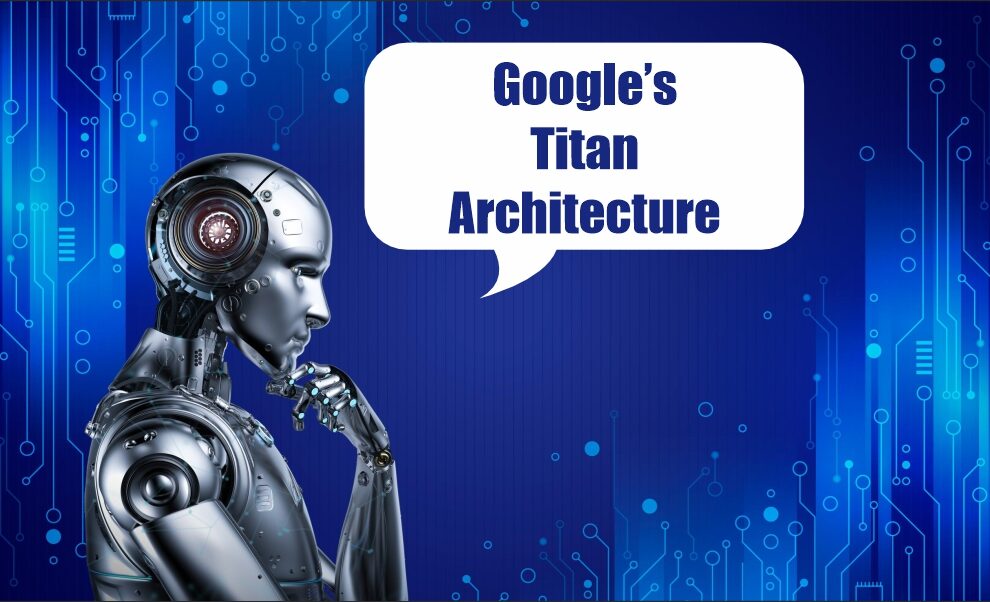Artificial intelligence is changing incredibly fast. For a very long time, Transformers architecture has been the most popular choice, powering mainstream tools such as ChatGPT and Google Bard. But now, Google has unveiled Titan architecture, positioning it as a possible successor.
What makes Titans different? Can it really outperform the mighty Transformers that revolutionized AI? More importantly, what does this mean for the future of artificial intelligence? Let’s explore this in detail.
Understanding the Transformer Revolution
Before we examine Titans, we need to understand why Transformers became so important:
Why Transformers Dominated AI
Context Understanding: They analyze relationships between words, copying human comprehension.
Versatility: Power chatbots, translations, coding assistants, and more.
Scalability: Can be trained on massive datasets.
The Downsides of Transformers
Computational Need: Requires enormous processing power.
Memory issues: Struggle with long conversations.
High Costs: Training costs millions of dollars.
These limitations created an opening for something better. Enter Titan architecture.
What is Google Titan Architecture?
Google Titan is a new type of AI model that is more efficient and powerful than other models such as Transformers. It has a unique memory system that allows it to remember previous data better, the same as humans remember things. Titan can process extremely long units of text more efficiently without any decrease in pace, making it ideal for jobs that involve grasping and processing lots of data. Additionally, it is ideally designed to be faster and use less computing power, which makes it more efficient.
Dr. Sarah Chen, AI Research Director at Stanford University, highlights that Titan’s advanced memory management significantly improves how neural networks handle sequences and information.
Key Innovations in Titan Architecture
1. Efficiency First
- Uses smarter processing methods.
- Achieves similar results with less computing power.
- Potentially more environmentally friendly.
2. Enhanced Memory
- Better at maintaining context.
- It could enable longer and more coherent conversations.
- Remembers user preferences more effectively.
3. Cost reduction
- Designed to be cheaper to train and run.
- It could make powerful AI more accessible.
Titan vs. Transformers
Let’s check the difference between Titan and Transformers architecture:
| Feature | Transformers | Titan Architecture |
| Processing Power | Very High | More Efficient |
| Memory handling | Limited | Improved |
| Training Costs | Extremely Expensive | Potentially Lower |
| Current Adoption | Widely Used | Still in Development |
| Flexibility | Highly Flexible | Unknown |
Why do the Titan Look Promising?
Here are some factors that make the Titan stand out
1. Practical Benefits for Businesses
- Lower operational costs
- Reduced energy requirements
- Faster response times
2. Improved User Experience
- More consistent conversations
- Better personalization
- Fewer “memory loss” issues
3. Democratization of AI
- This could enable smaller companies to use advanced AI
- Might reduce reliance on tech giants
- Potential for more innovation
The Challenges Ahead
Despite its promise, Titan faces significant issues:
Adoption Barriers
- Existing systems built on Transformers
- Need for retraining and implementation
- Potential compatibility issues
Unproven Performance
- Still in the early stages
- Needs real-world testing
- Performance on complex tasks unknown
Competition
- Other companies working on alternatives
- Transformers continue to improve
- Risk of being overtaken by newer tech
What This Means for AI’s Future
The introduction of Titan architecture represents more than just a technical upgrade. It signals several important trends: its efficiency is imperative, as AI development is shifting focus from pure power to smarter, leaner systems. We may see different architectures for different tasks rather than one-size-fits-all solutions. More efficient architectures could make AI development accessible to more organizations.
Practical Implications for Users
For everyday AI users, Titan could mean:
- Better Chatbots: more coherent, longer conversations.
- Faster Responses: Reduced lag in AI interactions.
- New Applications: AI tools we haven’t even imagined yet.
For developers and businesses:
- Cost Savings: Lower infrastructure requirements.
- New Opportunities: Ability to create more sophisticated AI.
- Learning Curve: Need to adapt to new architectures.
Looking Ahead: The Future for Titan
Google’s next step is important:
- Public Testing: Real-world performance data
- Developer Tools: Making it accessible
- Integration: With existing systems
- Improvements: Based on early feedback
Final Words: Evolution, Not Revolution
While Titan architecture is very promising, it is important to keep things in perspective. Transformers will still be around for a while, and the shift to Titan will happen gradually. Both types of models might even be used together. One thing is clear: AI is evolving quickly. Titan is an exciting new development, but there is far more to come.
Want to stay informed about the latest in AI? Visit HiTechNectar today!
FAQ
Q1. What is the structure of Google Titan?
Answer: Google Titan is built with a secure chip (Titan M2) for strong encryption and tamper-proof hardware. It has layers of security to protect your data.
Q2. What is Google Titan?
Answer: Google Titan is a security key that helps keep your accounts safe from hackers. It uses physical verification for extra protection.
Q3. How does Google Titan work?
Answer: Google Titan consists of security keys that are built with a hardware chip. These chips have firmware engineering that checks the key’s integrity. This helps to ensure that the keys have not been physically tampered with.
Read More:
Battle for the Best Cloud Platform: AWS Vs Azure Vs Google
Google Shares 3 Ways to Boost GoogleBot Crawling: Check Out Now
Google Updates Site Reputation Abuse Policy: What It Means for Your Website


